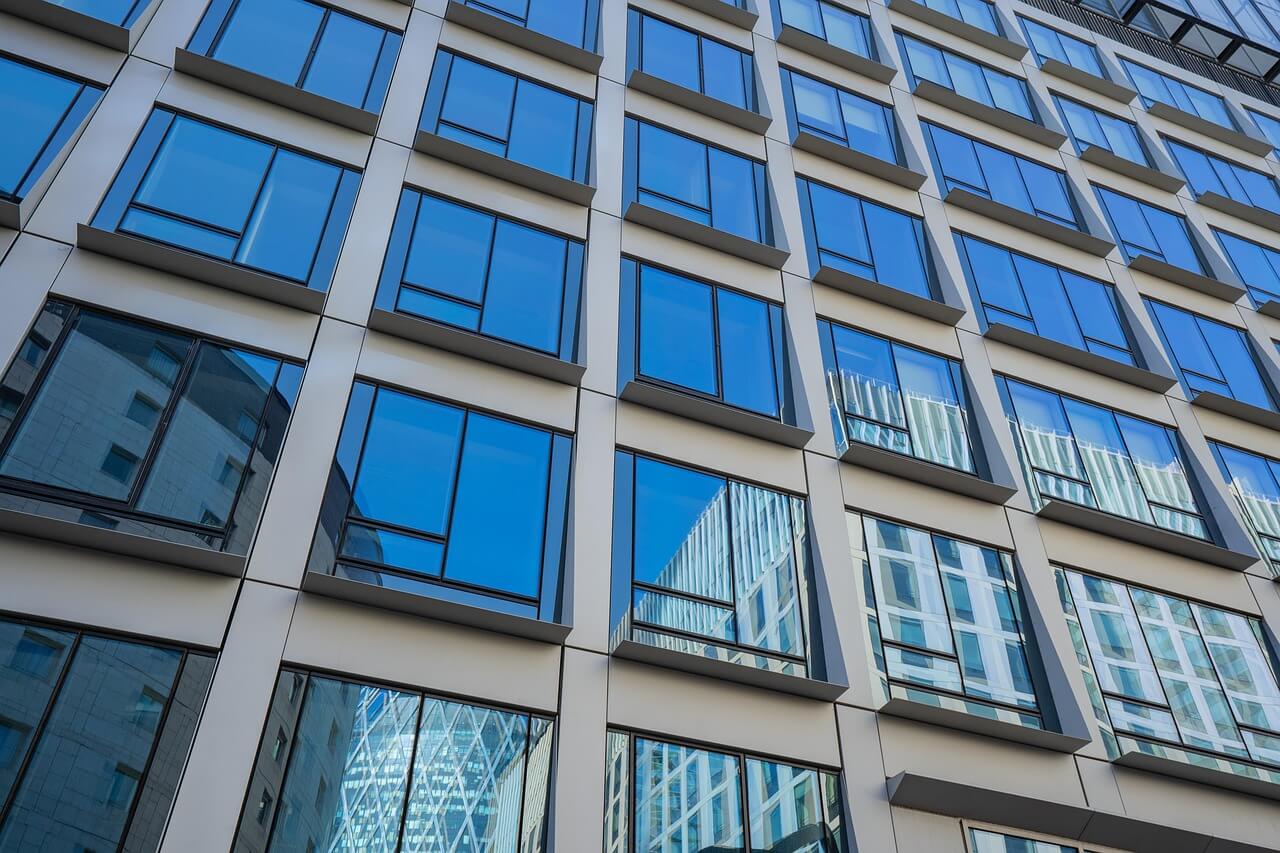
February 19, 2025 • Real estate market

May 26, 2025 • Real estate market
The office real estate market in Luxembourg is undergoing significant transformation. The year 2024 was marked by numerous challenges and changes, requiring both economic and structural adjustments.
2025 is shaping up to be a time of innovation and adaptation. Flexibility, sustainability, and digitalisation will be the key drivers in the coming years, shaping the future of office real estate in the country. While signs of economic recovery are emerging, the office market has started the year on a cautious note.
Despite a complex economic context, Luxembourg remains an attractive hub for international companies due to its political and fiscal stability. This continued appeal is expected to sustain and support demand for office space.
Take-up volumes reached approximately 20,500 m² in the first quarter (including 3,750 m² pre-let in previous years), down 43% compared to the 36,170 m² recorded during the same period in 2024. In addition to these take-ups, over 26,800 m² of office space has been pre-let in buildings scheduled for delivery in the coming years.
A total of 41 transactions were completed this quarter — a stable level compared to last year, distributed as follows:
| 0 à 250 m² | 250 à 500 m² | 500 à 1000 m² | 1000 à 2000 m² | > 2000 m² | Number of Transactions |
| 20 | 6 | 5 | 4 | 6 | 41 |
The majority of demand came from the banking and financial sector, particularly in strategic areas of Luxembourg City such as Cloche d’Or, Kirchberg, the CBD (Central Business District), and the Gare district — which together hold nearly 70% of the national office stock.
We also note a resurgence of activity from the State and Public Administration, with over 10,000 m² signed for future occupation.
Prime rents remain unchanged at €55/m²/month (excl. VAT) in the CBD, specifically on the prestigious Boulevard Royal, for new-build office spaces.
Upward rent trends are observed in high-demand areas such as the Gare district and Cloche d’Or, both benefiting from improved public transport accessibility via the tram line.
The national vacancy rate stands at 4.63%, a slight increase from the 4.59% at the end of 2024. However, there are significant geographic disparities:
Some areas face challenges due to poor public transport access and a lack of surrounding services, with vacancy rates exceeding 12%.
In 2025, total take-up is projected at around 175,000 m². Approximately 120,000 m² of new office space is expected to be delivered, 40% of which is already pre-let. The number of transactions should approach 180 for the year.
Rents may continue to rise in the most sought-after areas, especially those newly served by the tram (e.g. Airport / Howald).
Recent years have seen a significant shift in demand towards more flexible office environments. Increasingly, companies aim to optimise their office space, favouring shared or modular solutions that adapt to hybrid work models — notably through the development of collaborative and user-friendly spaces.
This trend is expected to continue in 2025, with offices becoming even more flexible and connected. Shared office spaces will expand, offering agile and cost-effective solutions.
To meet these needs, companies are considering two main options:
Relocating to more modern buildings with tailored fit-out projects
Redesigning and optimising existing office space
As a result, we’ve observed a strong increase in “Stay vs. Move” studies, where companies assess the financial and strategic impacts of relocating versus reconfiguring their current space.
Companies looking for new office space pay close attention to location, particularly its accessibility by public transport. As parking ratios in new office developments decrease (currently one parking spot per 175 m² in Luxembourg City), employers must consider employees’ commuting options and time.
Additionally, companies favour areas with a strong service offering — including restaurants, fitness centres, outdoor areas, etc. This has led to the rise of in-house amenities in new projects.
These two factors are essential to meet employee expectations and support talent retention.
In 2024, ESG (Environmental, Social and Governance) criteria continued to grow in importance within the professional real estate sector. Developers and landlords have stepped up efforts to enhance sustainability, integrating environmental certifications (mainly BREEAM or DGNB in Luxembourg) and improving energy efficiency to lower operating costs for tenants.
Beyond environmental labels, some certifications have gained popularity — such as WELL — which focuses on occupant well-being and addresses the “Social” component of ESG.
As environmental regulations tighten, investors and developers must adopt sustainable strategies to comply with new European directives. Green, eco-responsible buildings will be favoured — both to meet legal requirements and align with tenants’ expectations.
New technologies will play a vital role in market evolution. The growth of digital tools, service automation, and the integration of artificial intelligence in property management will help improve user experience and optimise operating costs.
Luxembourg’s office market enters 2025 with a cautious outlook. While the economic environment is improving, demand remains moderate compared to the record levels seen between 2019 and 2023. However, the outlook is positive — driven by large-scale projects and renewed energy in central business districts.
Find the Q1 2025 office market report in the Research & Data section or by clicking here.